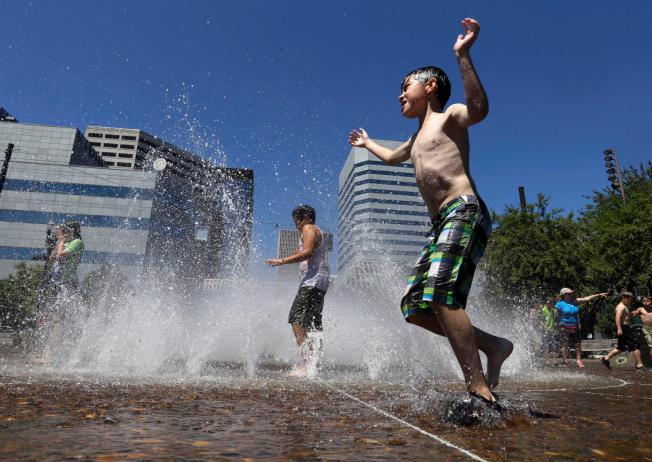
© AP Photo/Don RyanChildren play in the Salmon Street Springs fountain in Portland, Ore., Wednesday, July 1, 2015.
From Seattle to Salt Lake City, the West is baking under record heat. Temperatures reaching the triple digits have made fire conditions extreme and sent folks looking for relief heading into the Fourth of July weekend. Unfortunately, the forecast in many areas calls for more sun and sweat.
WASHINGTONSeattle, not accustomed to prolonged hot weather,
saw its hottest June ever.
The average high temperature each day in June was a record 78.9 degrees, breaking the 1992 record by more than 3 degrees, said Johnny Burg, a meteorologist at the National Weather Service in Seattle.
"Our high is supposed to be in the low to mid 70s at this time and lows in the mid-50s," he said.
Instead, the Seattle area is seeing highs in the 80s and lows in the 60s.
Because the Seattle area suffers few heat waves, many people do not have air conditioning.
The weather was also dry in the Seattle area in June, when only 0.23 inch of precipitation was recorded. That's the
fourth driest June on record.
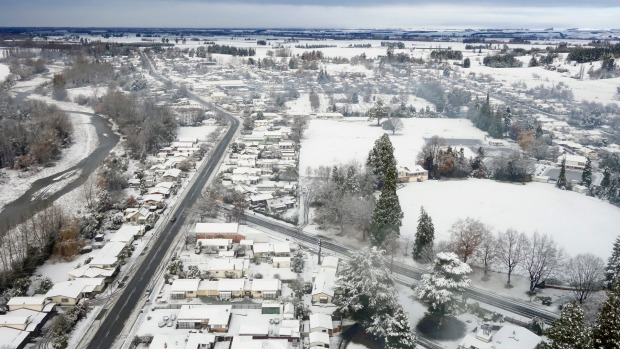
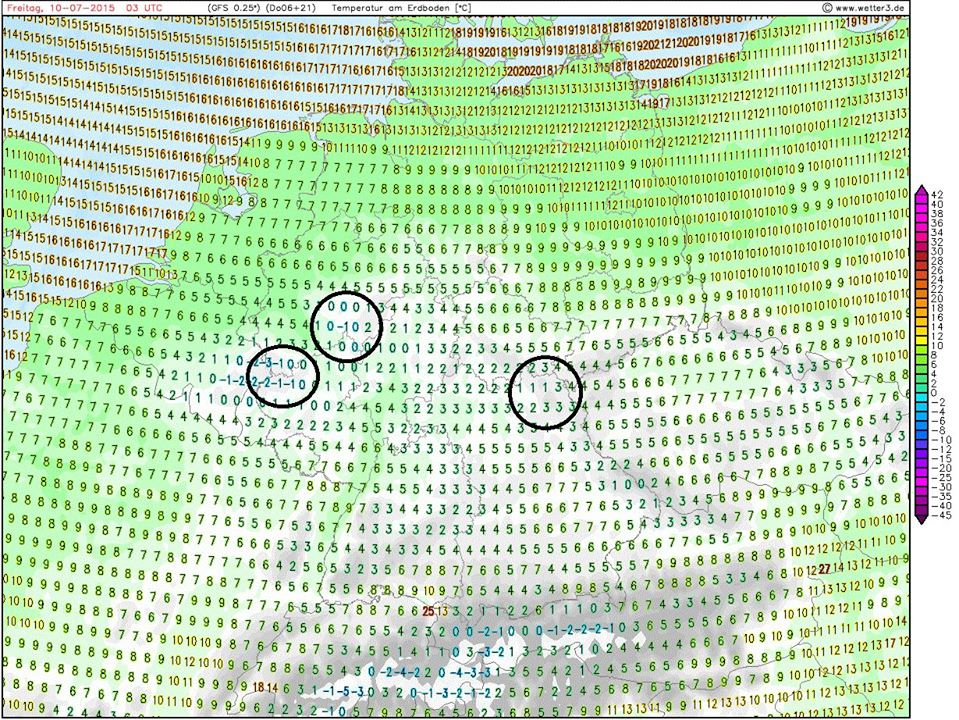

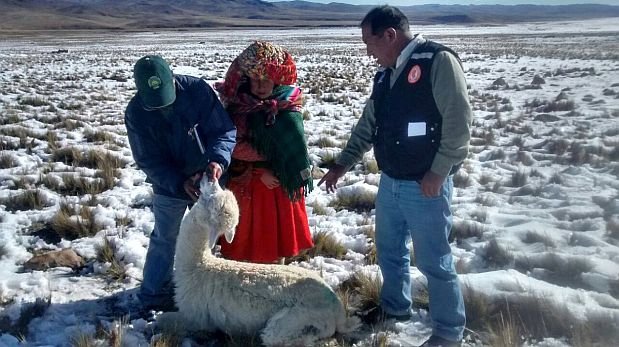
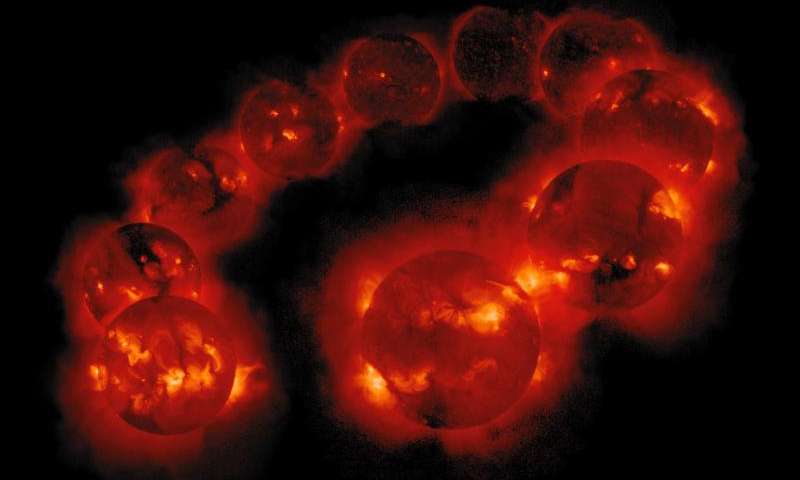
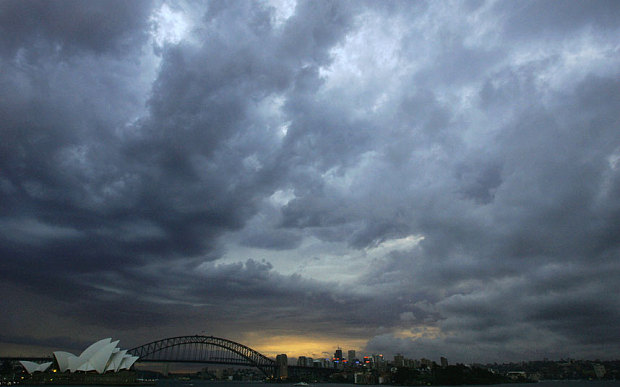
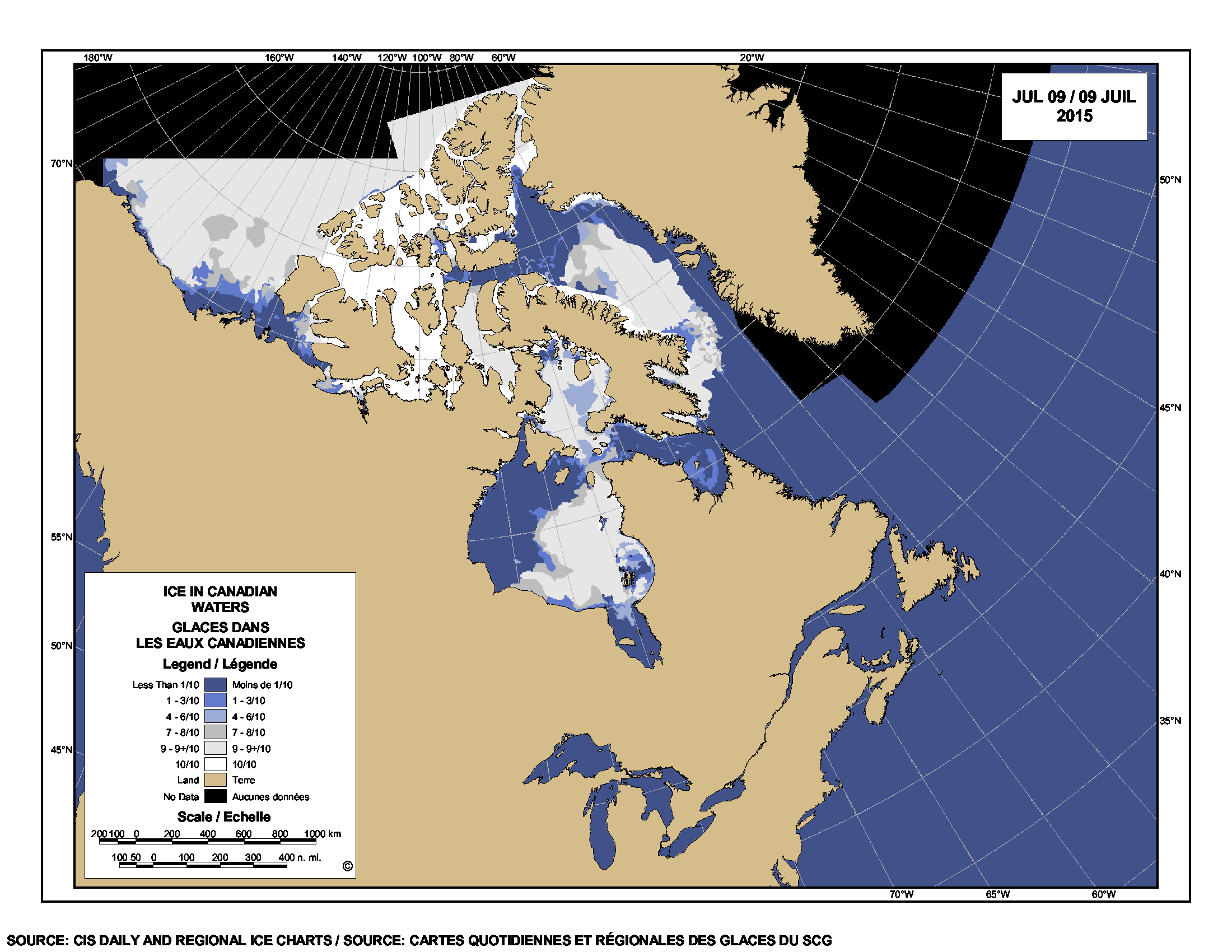
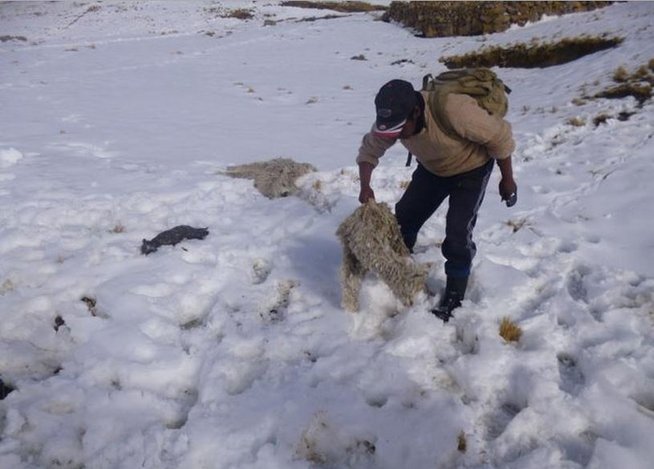





Comment: See also: Winter is coming: Earth approaching 'mini ice age' in 15 year, solar cycle study suggest